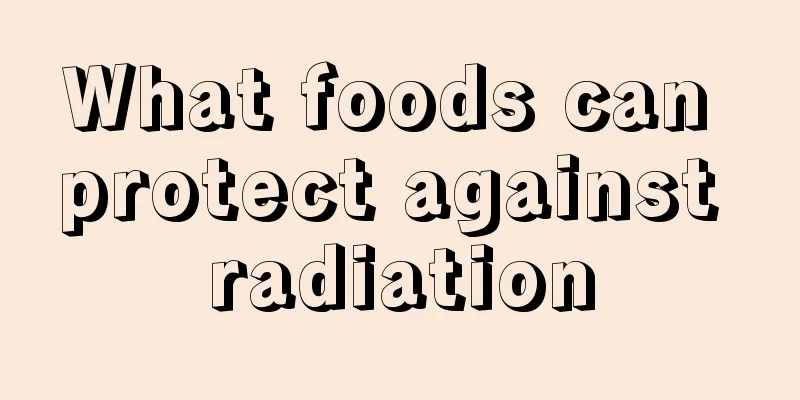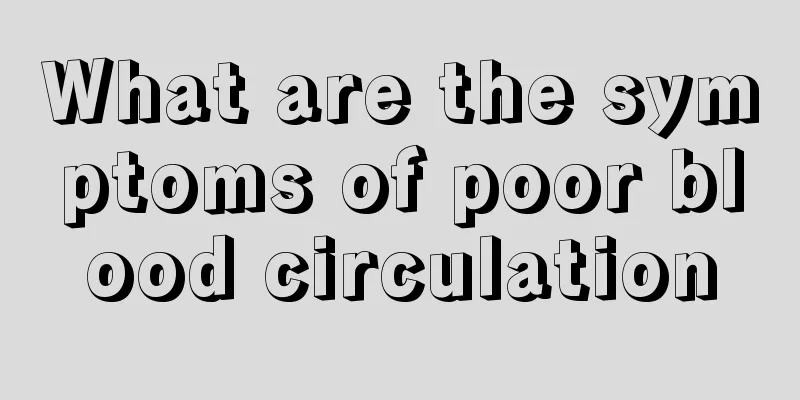Is type O blood a universal blood type?

|
There is a special protein on the surface of our human red blood cells, which is called "antigen"; some people carry A antigen on the surface of their red blood cells, and some carry B antigen; people with A antigen have type A blood, those with B antigen have type B blood, those with both have type AB blood, and those with neither antigen have type O blood. When a person with type A blood receives a transfusion of type B blood, he will have a "hemolytic reaction". This is because in daily life, type O blood is known as the universal blood type. Although there are many exaggerations, type O blood can indeed be transfused in small amounts to people in need under some emergency situations. However, most of the time, the principle of transfusion between people of the same blood type is still adhered to. The main reason is that people with different blood types do not have different antigens in their bodies. Once the recipient does not have the corresponding antigens in his body during blood transfusion, the so-called hemolytic reaction will occur, which will in turn produce normal red blood cells in the body, causing discomfort or even life-threatening. Because there are no type B blood antigens in the body of type A blood people, the immune system of type A blood people will recognize the "type B blood" cells as sneaking enemies and launch an attack. The attacked red blood cells rupture and are decomposed. This reaction often occurs in the early stages of blood transfusion. Generally, chills, flushed face, difficulty breathing, low blood pressure and other problems may occur after transfusion of about 10 ml. Severe hemolytic reactions can lead to death of body tissues and endanger the patient's life. In fact, since O-type red blood cells do not have A and B antigens, they can indeed be transfused in small amounts to people with A, B, or AB blood types when there is really no blood source. However, blood is not composed of only red blood cells. The plasma of type O blood contains anti-A agglutinin and anti-B agglutinin. If red blood cell preparations containing type O plasma are transfused into the bodies of type A, B, or AB patients, it will cause varying degrees of immune hemolytic transfusion adverse reactions. Therefore, hospitals currently transfuse blood of the same blood type. Our blood system is not limited to ABO blood type, there is also Rh blood type system, MNS blood type system, P blood type system and so on. In order to ensure that the blood will not undergo hemolytic reaction after transfusion, a "cross-matching" experiment will be performed before transfusion to see whether your blood and the blood donor's blood will undergo agglutination reaction. Blood transfusion will only be performed if agglutination reaction does not occur. |
<<: Can blood tests detect drug use?
Recommend
What should I use to wash my hands after peeling green walnuts?
In summer, many green walnuts will appear on the ...
Which hospital is good at treating ovarian tumors
How to choose a hospital to treat ovarian tumors?...
What does anal fissure triad mean? It turns out to be these three types
Patients with anorectal diseases often hear the t...
What are the causes of high creatinine and what to do if creatinine is high
There are many reasons for high creatinine, the m...
Is severe coma caused by cerebral hemorrhage serious?
Cerebral hemorrhage is a common physical disease ...
What is anterior wall myocardial infarction
Myocardial infarction is a relatively serious dis...
Is nasopharyngeal carcinoma hereditary? How to treat nasopharyngeal carcinoma
Is nasopharyngeal cancer hereditary? How to treat...
Unclear brain and blurred vision
If you work too much for a long time without slee...
What should I do if my puppy’s teeth are scratched and bleeding?
Dog bites need to be treated promptly because dog...
The best solution to domestic violence
One of the hotly debated issues at present is dom...
Can the calf muscles be slowly massaged out?
For women who love beauty, thick legs are somethi...
What are the main clinical symptoms of bladder cancer
Bladder cancer is the most common tumor in the ur...
Symptoms of pelvic displacement
The pelvis is located near the hip joint of the h...
What is renal hamartoma and how to treat it
Renal hamartoma is a benign tumor composed mainly...
Is sunbathing good for the skin in summer?
In daily life, many people like to bask in the su...









